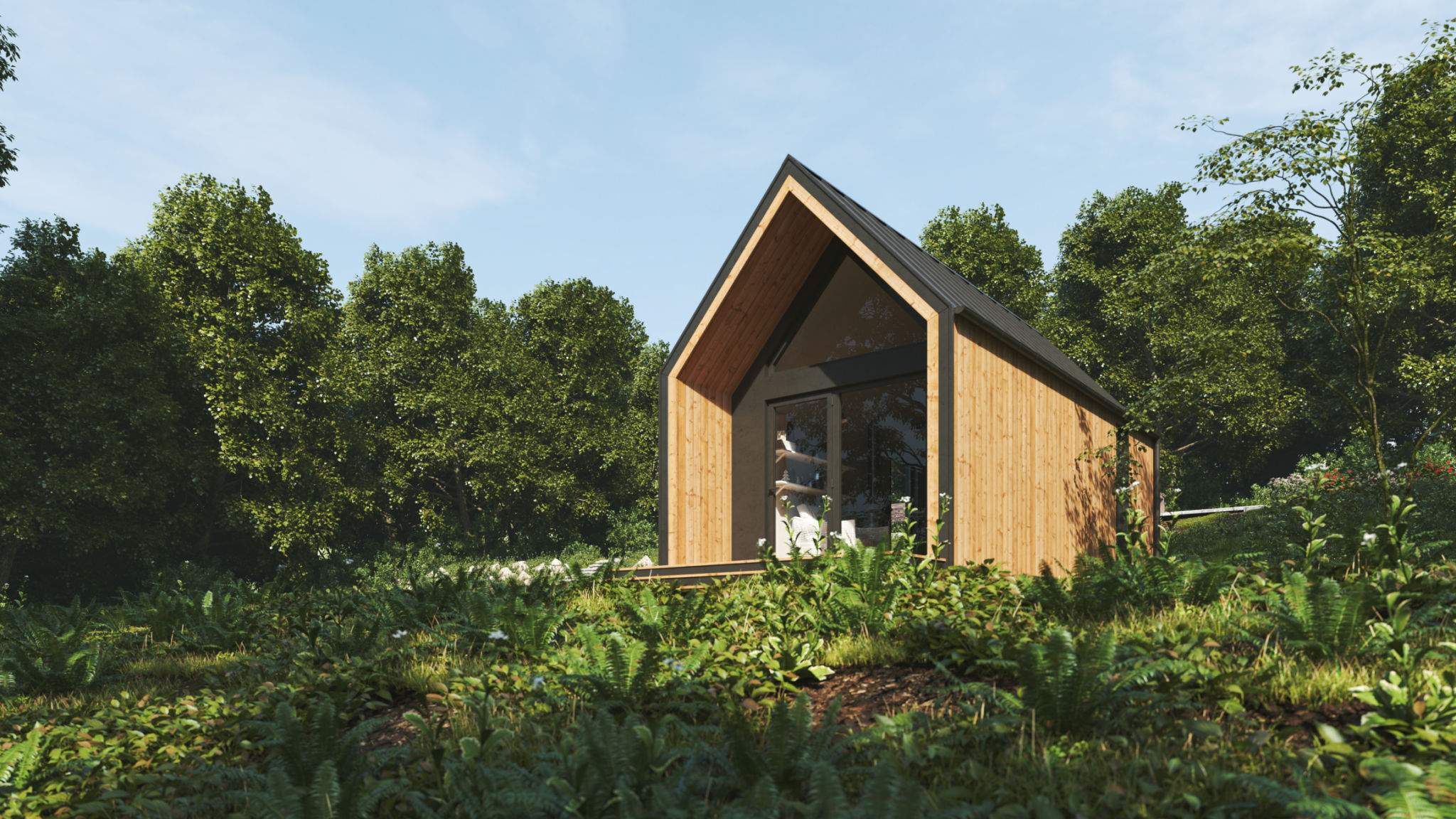A Guide to Eco-Friendly Construction Practices
Understanding Eco-Friendly Construction
Eco-friendly construction is a critical trend in the building industry, focused on reducing the environmental impact of building processes and materials. By adopting sustainable practices, construction companies can contribute to a healthier planet while often reducing costs in the long term. This guide will delve into various eco-friendly construction practices, providing insight into how they can be implemented effectively.

Importance of Sustainable Materials
The choice of materials is a cornerstone of eco-friendly construction. Utilizing sustainable materials like bamboo, recycled steel, and reclaimed wood can significantly reduce the carbon footprint of a building project. These materials not only conserve natural resources but also minimize waste and pollution. Moreover, they often come with additional benefits such as durability and aesthetic appeal.
When selecting materials, it's essential to consider their lifecycle impact, including production, transportation, and end-of-life disposal. Opting for locally sourced materials can further decrease transportation emissions and support local economies.
Energy Efficiency in Design
Incorporating energy-efficient design principles is another vital aspect of sustainable construction. This includes optimizing natural lighting, improving insulation, and using energy-efficient appliances. By reducing energy consumption, buildings can significantly lower their carbon emissions and reduce utility costs for occupants.
Innovative design strategies, such as passive solar design and green roofs, can enhance energy efficiency. Passive solar design utilizes the sun's energy for heating and lighting while minimizing the need for artificial heating and cooling systems.

Water Conservation Techniques
Water conservation is a crucial component of eco-friendly construction. Implementing systems such as rainwater harvesting and greywater recycling can drastically reduce water usage in buildings. These systems collect and repurpose water, reducing the demand on municipal water supplies.
Additionally, installing low-flow fixtures and efficient irrigation systems can further conserve water resources. These practices not only benefit the environment but also lead to substantial savings on water bills over time.
Waste Reduction and Management
Construction projects often generate significant waste, but adopting waste reduction and management strategies can mitigate this impact. Implementing recycling programs on job sites and using prefabricated components can minimize material waste.

Furthermore, employing deconstruction techniques instead of demolition allows for the reuse of materials, keeping them out of landfills. This approach not only reduces waste but also preserves valuable resources that can be repurposed for future projects.
The Role of Green Certifications
Pursuing green certifications, such as LEED (Leadership in Energy and Environmental Design) or BREEAM (Building Research Establishment Environmental Assessment Method), can provide a framework for implementing eco-friendly construction practices. These certifications offer guidelines for sustainable design, construction, and operation, ensuring projects meet high environmental standards.
Achieving certification can enhance a project's marketability by demonstrating a commitment to sustainability, potentially attracting environmentally conscious clients and investors.
The Future of Eco-Friendly Construction
The future of construction lies in sustainable practices that prioritize the planet's health. As technology advances, new methods and materials will continue to emerge, offering even greater opportunities for eco-friendly building solutions.
Embracing these practices not only aligns with global efforts to combat climate change but also paves the way for innovative, resilient, and economically viable construction projects. By integrating sustainability into every aspect of construction, we can build a better future for generations to come.
